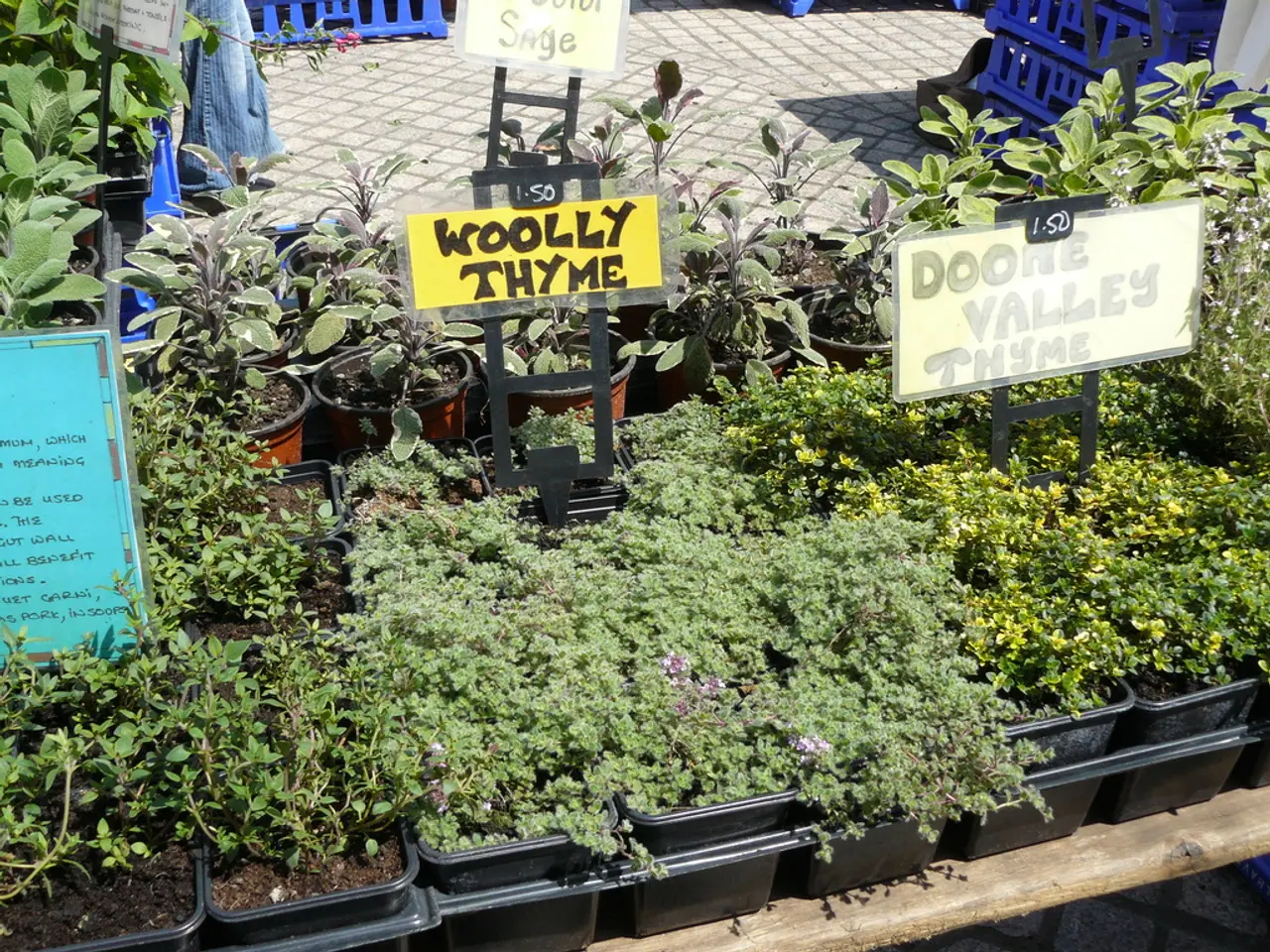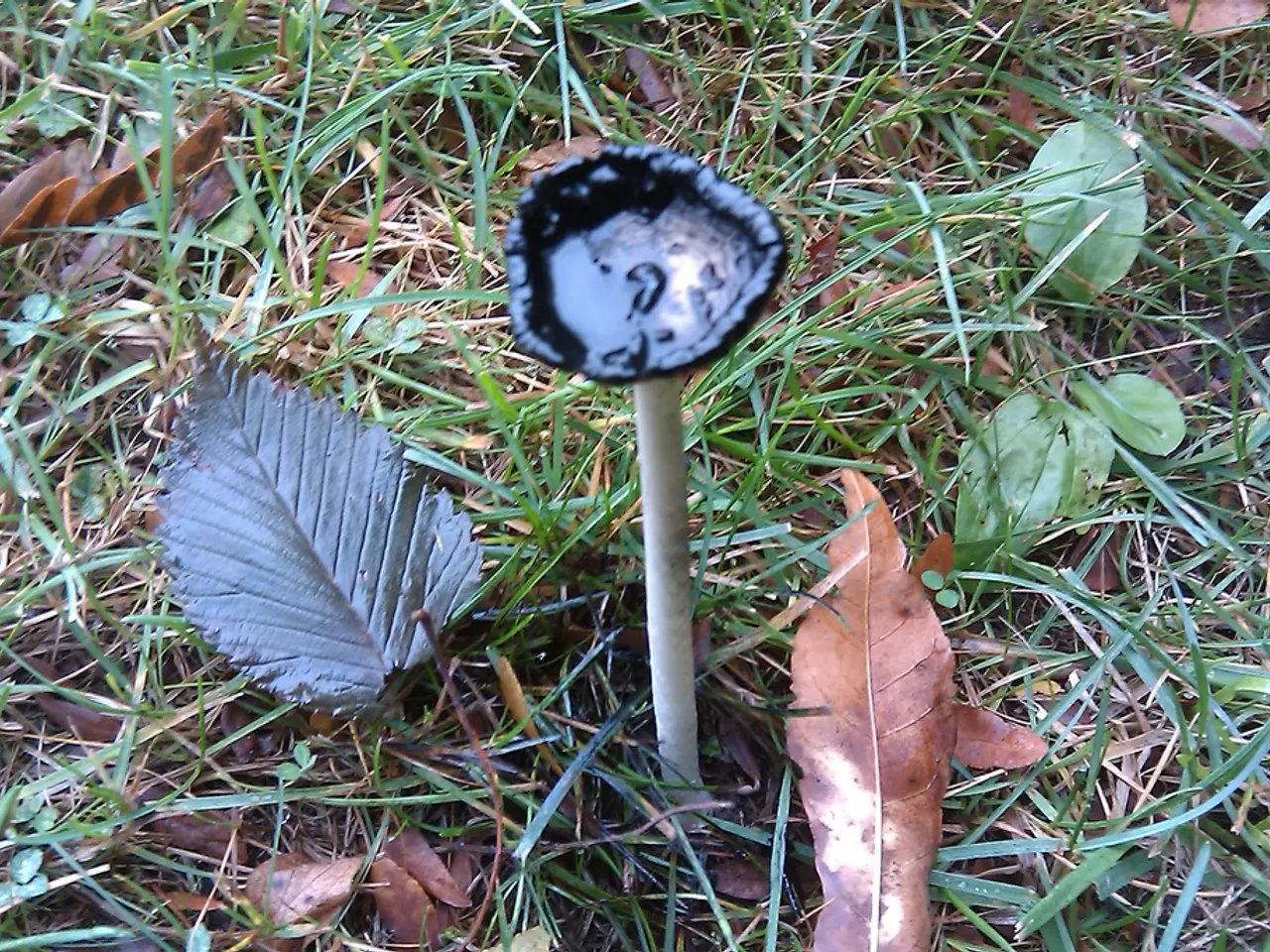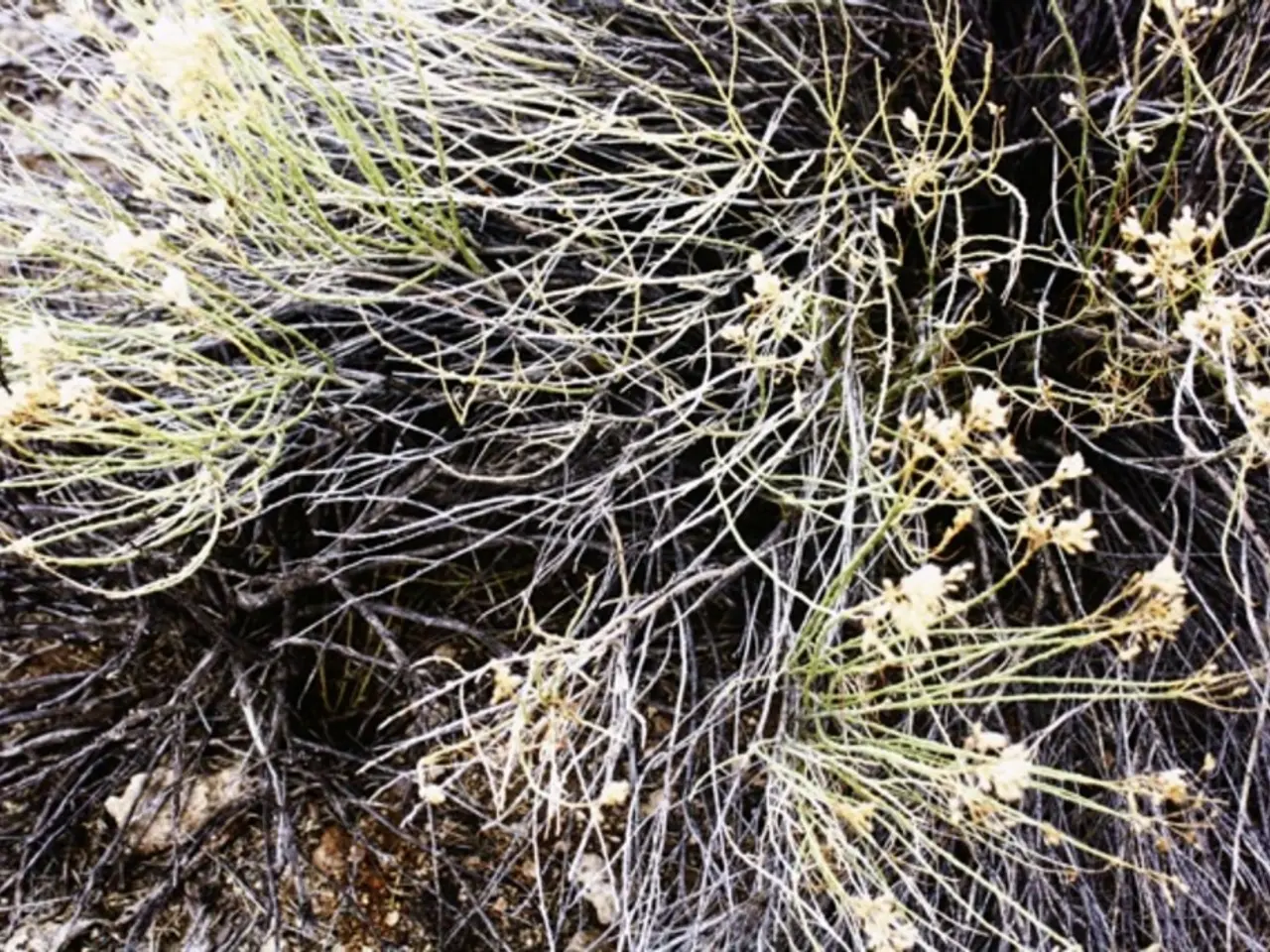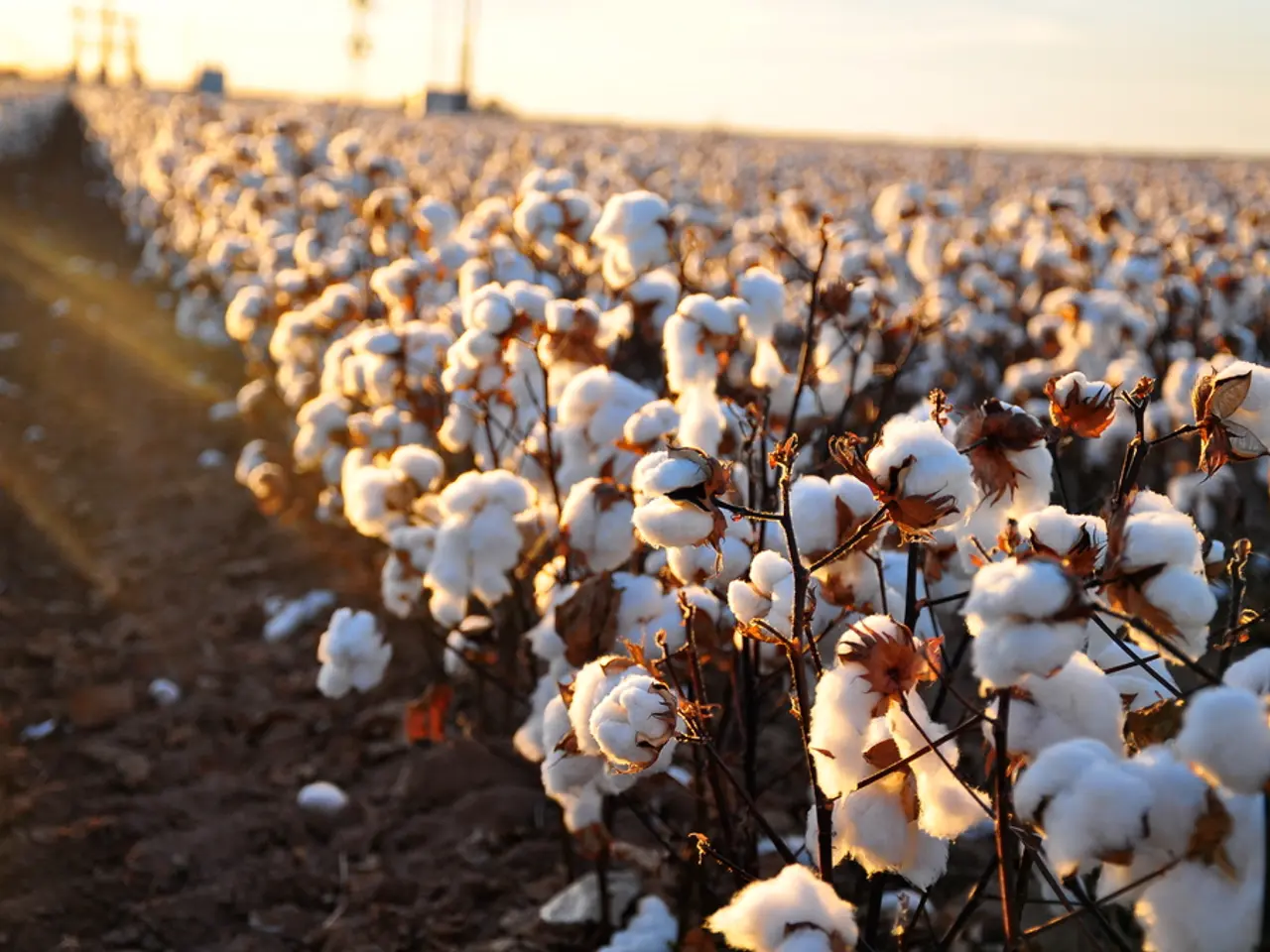Optimal Hydrangea Growth: Perfect Timing for Fertilization
Hydrangeas are a garden staple, known for their long-lasting, vibrant blooms. With colors ranging from vivid blues and pinks to softer pastels, there's a hydrangea for every garden style out there. Proper fertilization is crucial to maintain these lovely hues, promote abundant flower production, and keep the foliage looking lush. Let's unravel the secrets to phenomenal hydrangeas by discussing the right fertilizers and timing.
Unraveling Hydrangea Fertilization
Hydrangeas thrive after fertilization, becoming more resilient to pests and producing bigger blooms. However, the type of fertilizer and application timing are crucial. Over-fertilizing or doing so at the wrong time can result in excessive foliage growth rather than blooms, and for some hydrangea species, the flower color is sensitive to soil pH and nutrient availability.
Slow-release granular fertilizers are generally the best bet for hydrangeas, providing nutrients over an extended period. These fertilizers can be organic or inorganic. Organic fertilizers, derived from substances like manure or fish meal, release nutrients gradually as they break down in the soil. Rose-tone is an organic fertilizer that works wonders on most hydrangeas.
When it comes to NPK ratios (nitrogen, phosphorus, and potassium), slow-release fertilizers for woody plants often contain a ratio of 3-1-2 or 3-1-1 (e.g., 24-8-16 or 15-5-5). This configuration is preferred over balanced fertilizers because some hydrangeas may be sensitive to excessive phosphorus, particularly varieties with blue or purple blooms, such as big-leaf hydrangeas (Hydrangea macrophylla) and mountain hydrangeas (H. serrata).
For these blue and purple types, it's essential to pay close attention to soil pH, as hydrangeas utilize aluminum to produce blue and purple tones. In acidic soil (pH 5.0 – 5.5), hydrangeas can better absorb the necessary aluminum, resulting in more intense flower colors. If soil tests indicate that the phosphorus levels are too high, the plant may struggle to absorb aluminum, causing pink blooms.
When to Feed Your Hydrangeas
The requirements for fertilizing different types of hydrangeas can vary, so it's crucial to understand the needs of each species. Generally speaking, most hydrangeas need only a single application of slow-release fertilizer in the early spring when the plants begin leafing out. However, some types may require additional treatment.
- Big-leaf and mountain hydrangeas may benefit from the application of aluminum sulfate in May during bud development to boost flower color, especially if soil tests indicate a lack of available aluminum.
- Reblooming hydrangeas, such as Dear Dolores® and Heart Throb®, may also benefit from a mid-summer application of slow-release fertilizer to support a second flush of blooms.
- It's essential to stop fertilizing hydrangeas by late July to prevent overgrowth susceptible to winter damage.
For potted hydrangeas, recently purchased plants typically have enough slow-release fertilizer in the potting soil to last through the growing season. Meanwhile, hydrangeas that have overwintered in containers will need the same treatment as those in the ground.
Hydrangea Fertilization Simplified
Fertilizing hydrangeas is a breeze. Use a slow-release, granular fertilizer designed for woody plants and distribute the recommended amount evenly around the base of the plant, just beyond the drip line. Make sure the soil is slightly moist before fertilizing to avoid burning the plant's tissues. Adequate soil moisture is crucial for dissolving the nutrients and transferring them to the plant's roots.
By understanding the unique needs of your hydrangeas and employing best practices for fertilization, you'll be well on your way to enjoying lush blooms and worry-free gardening. Happy hydrangea-growing!
- Gardening Ideas: If you're planning to grow hydrangeas in your garden, consider using slow-release granular fertilizers to maintain their vibrant colors and promote abundant flower production.
- Caring For Your Garden: Hydrangeas require proper fertilization to thrive, with slow-release fertilizers being the best choice for providing nutrients over an extended period. Organic options like rose-tone are particularly effective for most hydrangea varieties.
- SouthernLiving: For blue and purple hydrangea species, such as big-leaf hydrangeas (Hydrangea macrophylla) and mountain hydrangeas (H. serrata), it's essential to pay close attention to soil pH, as they utilize aluminum to produce their striking colors.
- Gardening Flowers: To achieve the most vibrant blooms from your hydrangeas, follow proper fertilization guidelines, including using slow-release fertilizers, applying at the right time, and considering the plant's specific needs based on its species and soil pH levels.







